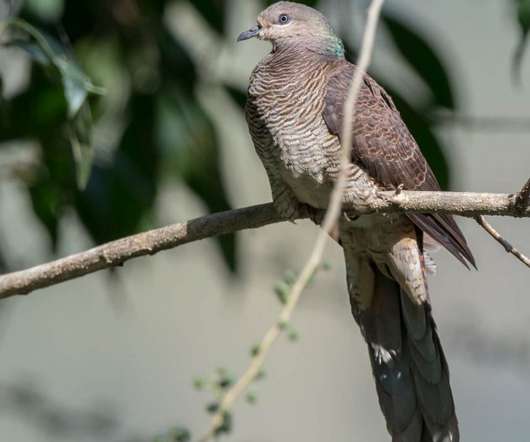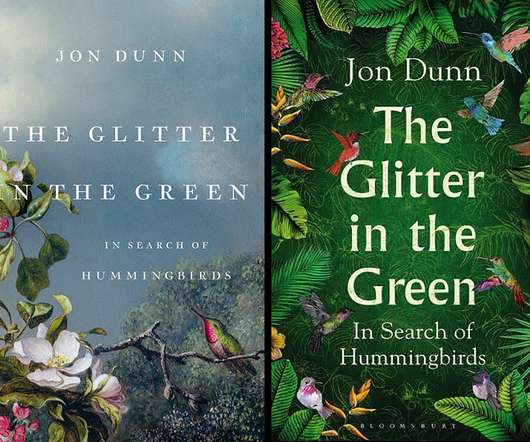Nyala, Southern Africa’s Stunning Antelope
10,000 Birds
APRIL 29, 2015
I’m a big fan of the antelopes, a group that is most commonly associated with Africa but which also occurs in Asia and, if you stretch the term to be cladistically meaningful, Europe and North America. By this I mean applying the term antelope to cover all of the family Bovidae, which would include the sheep, goats and ox.













Let's personalize your content